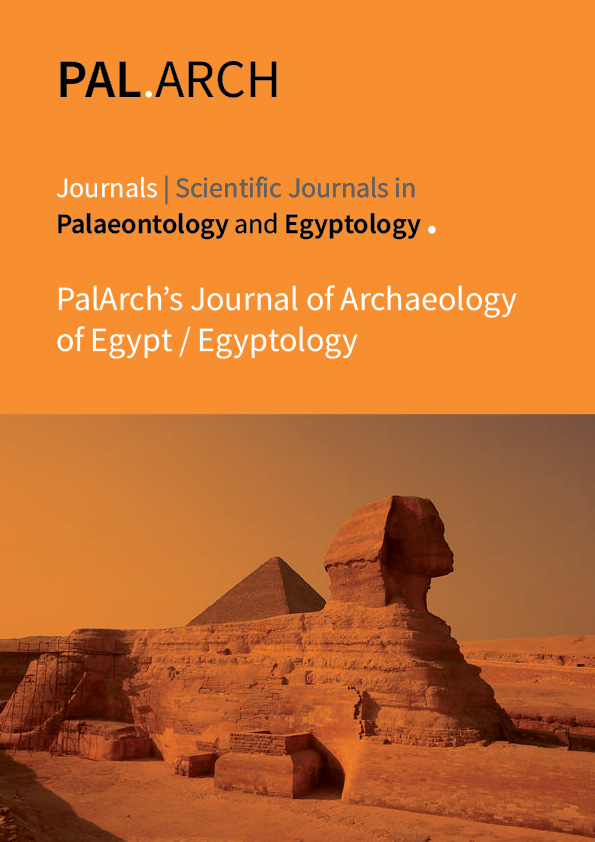AN ANALYSIS ON TUNJUK LANGIT (FINIALS): THE DECORATIVE ELEMENTS OF THE KELANTAN TRADITIONAL HOUSES
Abstract
Decorative elements are an important component in Malay traditional architecture. Apart from its unique construction technology and building form, decorative elements become the major factor contributes towards signifying the characteristics and identity of Malay traditional architecture. In Malaysia, every state has its own traditional house. The identification was based on roof design, spatial organisation and decorative elements. General study carried out by previous researcher indicates that there are at least 16 (sixteen) decorative elements in the traditional Malay architecture and it varies from every state. These decorative elements are none structure element of the house located at the roof, wall, doors and windows as “additional members” for aesthetic, functional and symbolic reasons. This paper discusses the analysis on one of the major decorative elements that characterised the East Coast traditional houses which are the Tunjuk Langit or finials. Thirty-nine (39) selected houses from Kelantan were observed and investigated. Thirty-three (33) were found to have Tunjuk Langit as decorative element. Through visual data and verbal data collected, typological and chronological analysis were carried out. The study found that despite its similarity in design and form there are few types of Tunjuk Langit were identified. Those findings have broadened up the discussion and debates on the theory of the traditional Malay architecture and can be used as guidelines by architects and designers.



